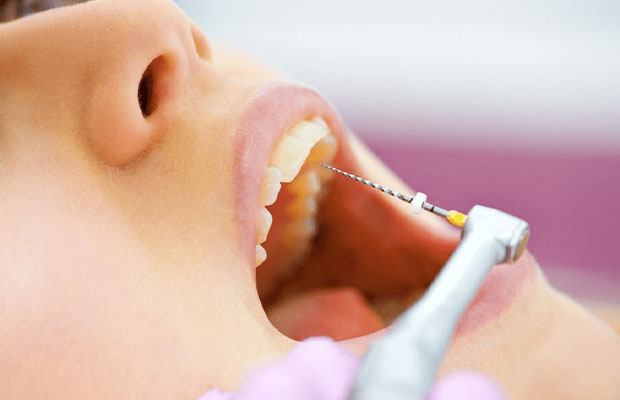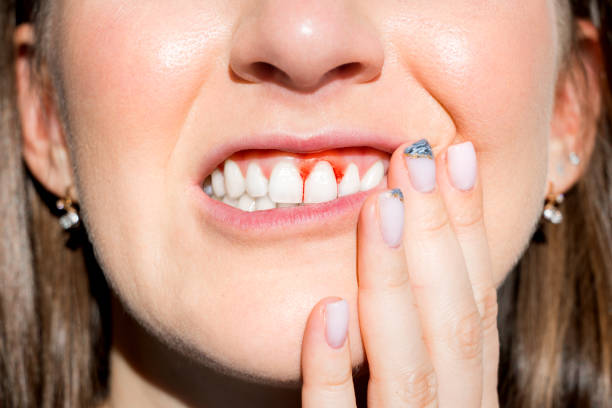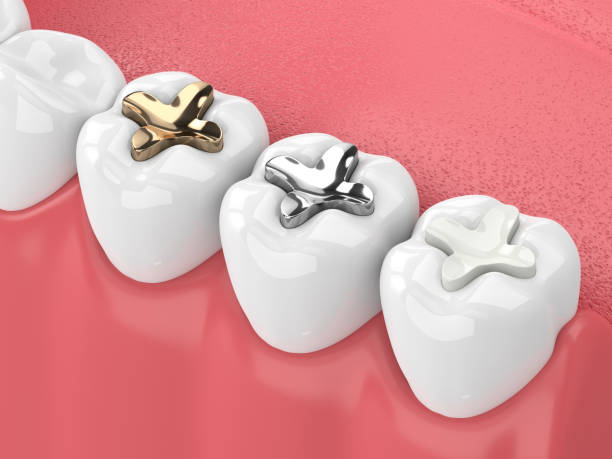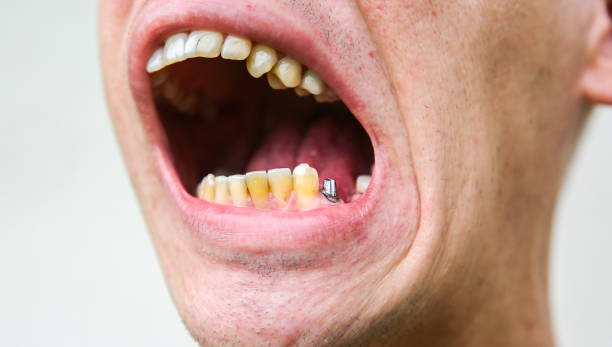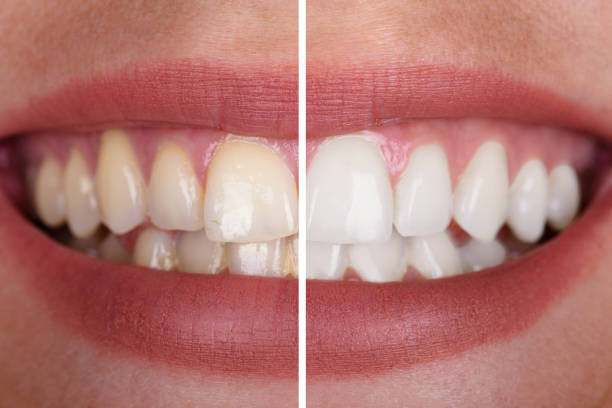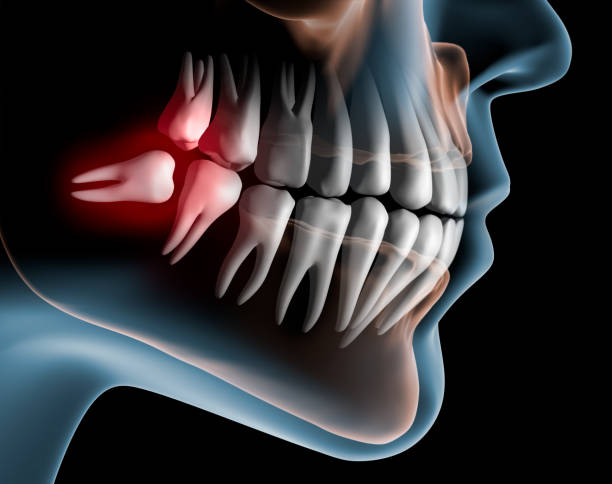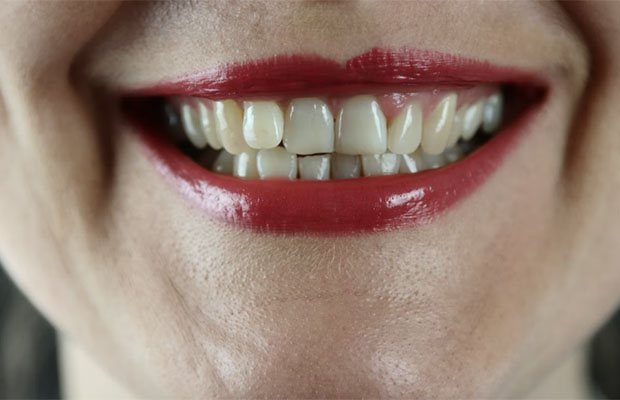What distinguishes plaque from tartar is a frequently asked question. Many people believe they are the same thing.
Cavities, gingivitis, and other dental diseases are all made more likely by plaque and tartar. Understanding the differences between plaque and tartar can help you recognize the early warning signs of dental health problems.
Keep reading and learn more about the differences between plaque and tartar., and how to remove them.
Table of Contents
What Is Plaque?
That supple, gooey film known as dental plaque accumulates throughout the day on your teeth and beneath your gums. And guess what? Millions of bacteria are present. The bacteria on your teeth also receive a meal when you eat, particularly when you consume sugar or carbohydrates. After “eating,” these bacteria produce acids that erode your tooth enamel and cause cavities.
That’s why good daily oral hygiene is essential to preventing tooth decay and protecting your smile from the bacteria in plaque. Recall to brush at least twice daily and to floss once daily to avoid plaque buildup. Water and sugar-free gum after meals and snacks can both be beneficial!
What Is Tartar?
What is tartar, then, if that is plaque? Plaque buildup leads to the formation of tartar on your teeth. If plaque is left on your teeth for an extended period of time, it will harden into tartar and become much more challenging to remove. In fact, tartar can only be removed by a dental professional–you can’t get rid of it with regular brushing and flossing. It’s crucial to visit the dentist every six months in order to remove tartar.
More than just cavities can result from plaque buildup that hardens into tartar. Along with gum recession and periodontal disease, it can also result in tooth sensitivity and discoloration. Make sure you brush and floss every day to prevent tartar and plaque buildup.

Tartar Vs. Plaque: Key Difference
There are some significant distinctions to note between tartar and plaque, despite the fact that both can harm dental health.
The Buildup Process Is Different
Every time you eat or drink, especially after consuming carbohydrates or sugary foods or beverages, plaque forms on your teeth.
Plaque affects us all. Maintaining a daily brushing and flossing routine will help you get rid of plaque on your teeth before it hardens and becomes tartar.
If plaque is allowed to build up on your teeth, it hardens and becomes tartar.
The Appearance Is Different
When you run your tongue across your teeth, plaque is said to feel fuzzy. It generally lacks color, making it challenging to see.
A yellow or brown substance, tartar can feel rough to the touch.
The Removal Process Is Different
Your teeth can be free of plaque by brushing and flossing every day. On the other hand, tartar requires dental care to be removed.
How To Remove Plaque?
Plaque can be removed by brushing and flossing frequently. Plaque tends to collect between the teeth and occasionally on the gums, so one must be thorough in order to remove it all. Gum swelling can lead to pockets where additional plaque can hide in people who already have gum disease.
Plaque can be removed more effectively with routine dental visits because people sometimes miss plaque during routine dental cleanings. Plaque beneath the gum line, where it may cause inflammation and harden into tartar, is removed by dental scaling.
Some signs of plaque on the teeth include:
- chronic bad breath, since the bacteria that form plaque may smell
- teeth that feel fuzzy or slimy
- white or yellow goo on dental floss
- bleeding or painful gums
Plaque and bacteria-related dental damage can be reduced by using fluoridated toothpaste. Less sugar consumption may be beneficial as sugar is a food source for the bacteria that causes plaque. A fluoride treatment at the dentist is an option for people who have a lot of plaque or a history of tooth decay.
A person’s risk of developing plaque and gum disease is higher due to the following factors:
- not brushing or flossing teeth regularly
- having genetic risk factors for tooth decay
- smoking
- having certain lifestyle risk factors, such as eating a high-sugar diet or having very high stress
- not seeking regular dental care, since a dentist can remove plaque a person cannot reach
- wearing oral appliances, such as braces or retainers, that make it more difficult to clean the teeth thoroughly
Related Reading: How to Get Rid of Plaque?
How To Remove Tartar?
Calculus, or tartar, cannot be eliminated by an individual at home. Since tartar is tough, attempting to remove it by pulling or scratching can harm the teeth.
Tartar can be eliminated by dentists through expert cleaning. Sometimes they will advise scaling and root planing. By removing plaque and tartar from beneath the gum line, this procedure can help stop further accumulation.
It’s crucial to keep brushing and flossing frequently even if calculus is discovered. Plaque removal may become more challenging in the presence of tartar, so concentrate on daily flossing and gumline brushing. Additionally, a dentist might suggest a particular toothpaste brand.
A person may have tartar if they notice:
- discolored spots on their teeth, especially near the gums or in between teeth
- hard, rough patches on their teeth
- swollen, painful, or bloody gums
A person’s risk of developing tartar is higher with the following factors:
- not seeking regular oral care from a dentist
- not brushing or flossing their teeth regularly
- crooked teeth that make it difficult to clean between them
Related Reading: How To Remove Tartar From Teeth?
Conclusion
The risk of serious dental and other health problems can be decreased by removing tartar and plaque.
An individual’s plaque buildup can be decreased with regular brushing. But one must visit the dentist to have tartar removed.
With proper oral hygiene, plaque and tartar can both be avoided. You should consult your dentist if you have any worries about your teeth or oral health.
Read Next: Black Tartar On Teeth

